A deeply quirky take on the idea of loopers and multi-track recorders, this little wooden box inspires new creative ideas. Greg Scarth finds out more.
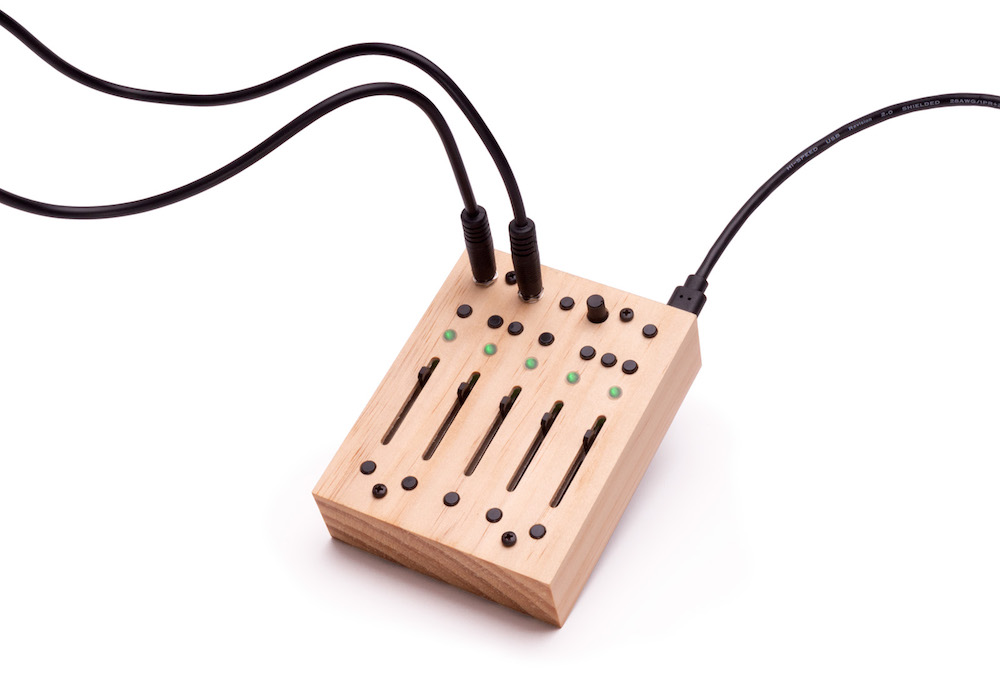
Critter & Guitari are known for doing things differently. The brand’s bestselling Organelle instruments are uniquely designed combinations of synth, sampler and effects, with endlessly customisable software allowing users to twist them into their own personal creative centrepiece. The new Critter & Guitari 5 Moons is an equally quirky unit, designed for looping and multi-track overdubbing. If you’re expecting a traditional multi-track recorder, though, this one might not be for you… Instead, it’s a singularly creative take on the idea of recording single takes and layering them into loops, track ideas and live performances.
Opening the 5 Moons packaging, you’ll find a small wooden box festooned with sliders and tiny unlabelled buttons. There’s a USB cable and a North American USB charger (note that UK users can power the 5 Moons using any standard USB charger or power pack). With no obvious clues on the front panel, what is this lightweight, palm-sized oddity? Essentially, it’s a five-track recorder with a unique workflow and a quite specific way of inspiring creativity.
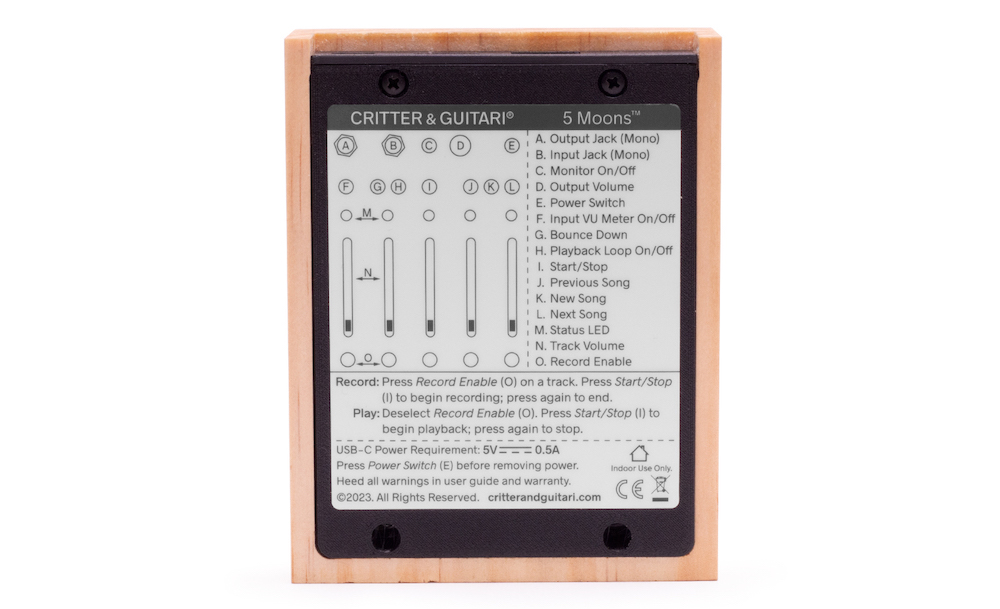
The workflow of the 5 Moons is unusual, but not too hard to get to grips with. There are no labels for any of the controls on the front panel. You’ll find basic explanations on a sticker on the underside of the unit, but you’re better off downloading the full user guide from the website, not least to avoid having to keep flipping the box over to see what you’re meant to do. Recording is a simple case of arming a track by tapping the button below its level fader, then hitting the play button above the middle fader. The 5 Moons records in 16-bit/48 kHz sound quality, with the ‘H’ button allowing you to choose whether to record a loop or create songs with a beginning, middle and end. The ‘H’ indicates a specific button on the front panel, not a function as such; you soon get used to the controls, which are relatively simple in practice.
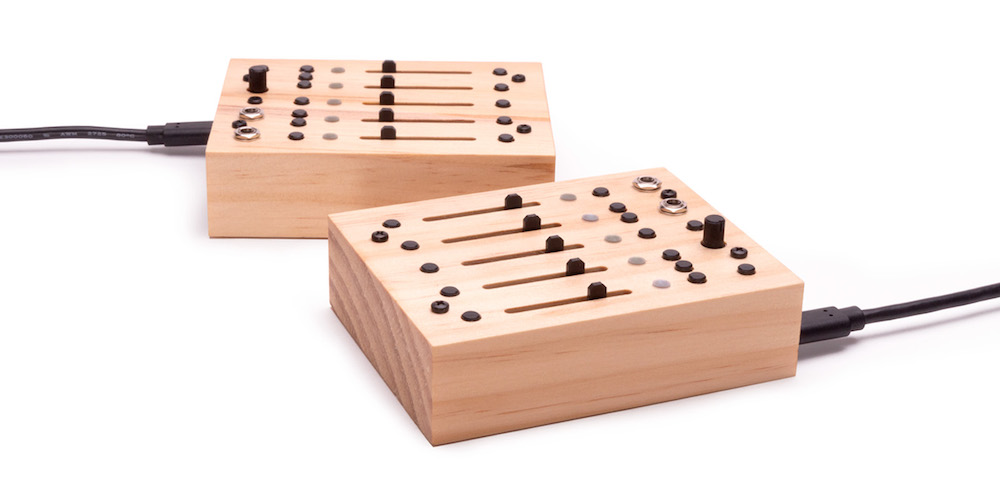
The 5 Moons works with just a single input and a single output (original releases were mono only, but a firmware update now allows the unit to work in stereo). With the operating system loaded on to the included 8 GB microSD card, storage space equates to about 20 hours of total recording time, which should keep you entertained for a good while. The basic principle here is that you record one track, then move on to the next. Record another over the top, keep recording until you’ve filled up all five tracks, then you can choose to bounce all five tracks down into one and keep going. It’s a twist on the classic Portastudio concept in a way, but the immediacy of the 5 Moons defines its own niche.
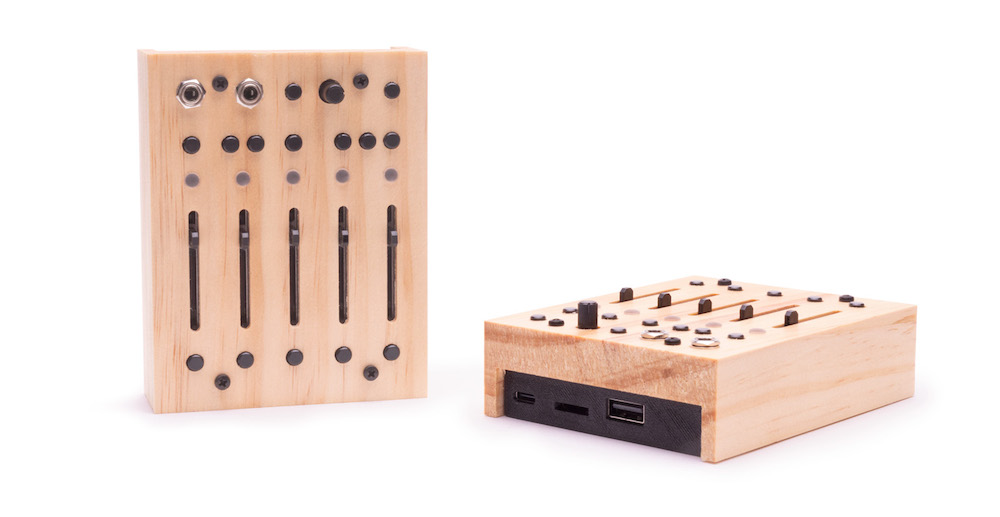
One of the most interesting and least obvious aspects of the 5 Moons is that its input and output are compatible with all kinds of different levels. You can plug in an electric guitar, a dynamic microphone, a synth, a drum machine or a Eurorack modular signal. The output can go to a mixer, audio interface, guitar amp or back into Eurorack. As such, there’s huge versatility in terms of what you set the unit up to do. The way that you use it essentially defines how it inspires your creative process; you can look at it as a looper with a quick and fluid workflow to create beats, or a more old-fashioned ‘five-track’ machine for laying down demos.
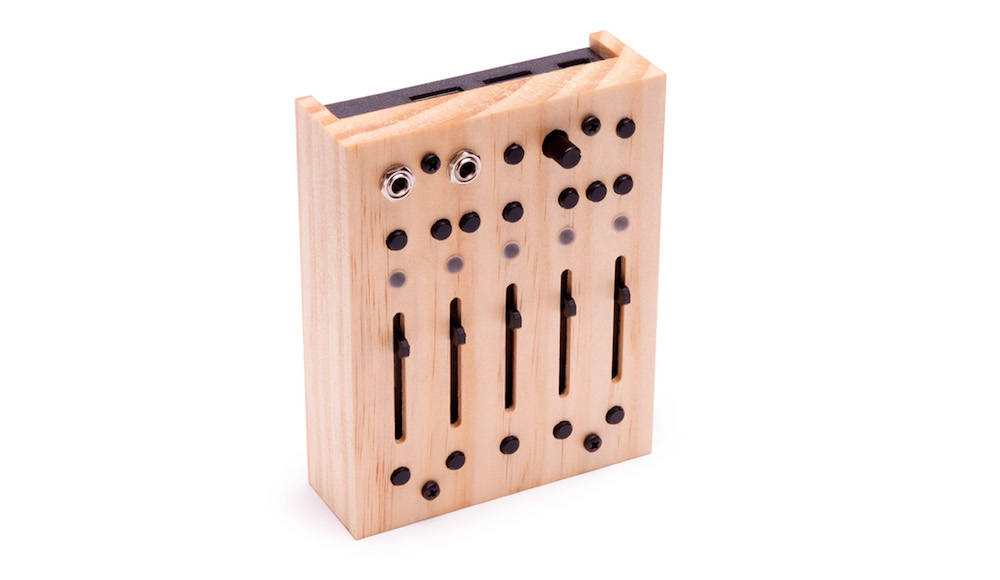
Once you’re done overdubbing and bouncing your tracks, there are deeper options. Everything is stored to the SD card with power coming over USB, but that USB-C port can be used for data transfer as well as power. You can hook up to a computer and transfer across your multi-track recordings to process and mix them in a DAW if you want. Alternatively, you can also copy files to the 5 Moons from your computer, which is a nice way to rethink the creative process; make a backing track or bounce out a groove from a DAW project and you can overdub sounds on top of it. The shift of focus to layering sounds one by one is a really good way to spark life into existing ideas, create new loops and keep things moving.
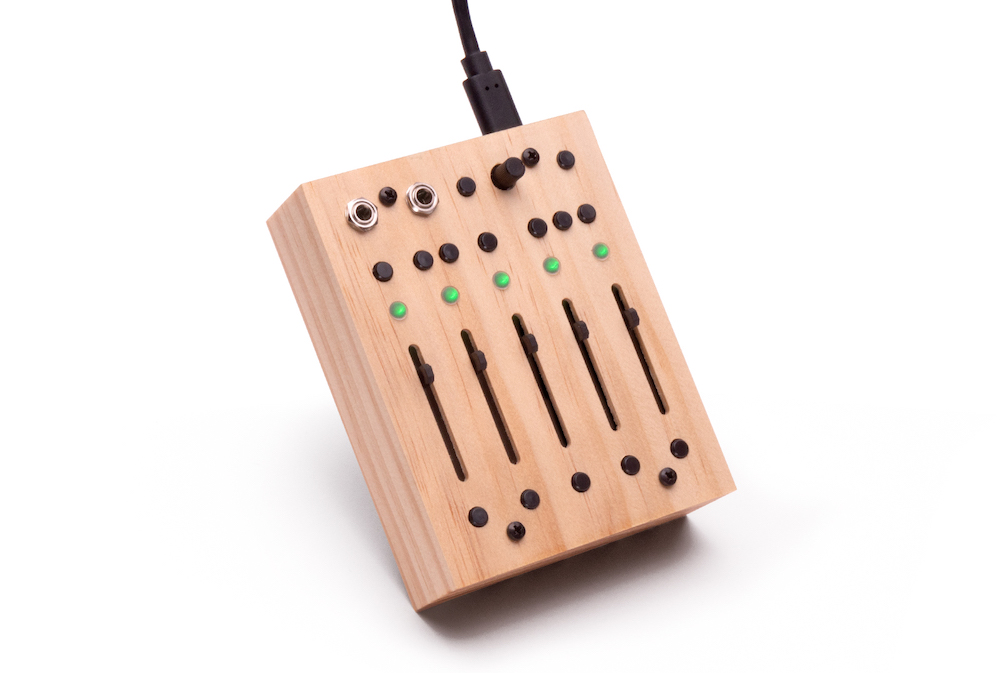
You could easily pick flaws in the 5 Moons design if you didn’t really buy into the overall concept. You can only record one track at a time and there are no mixing options other than levels, but ultimately the point here is to inspire spontaneous creativity. If you want a conventional multi-track recorder, there are hundreds to choose from, but nothing really matches the 5 Moons approach to wilfully bare-bones, laser-focussed overdubbing. This esoteric little wooden box inspires new ways to make music. What more can you ask?
Greg Scarth
More info/buy